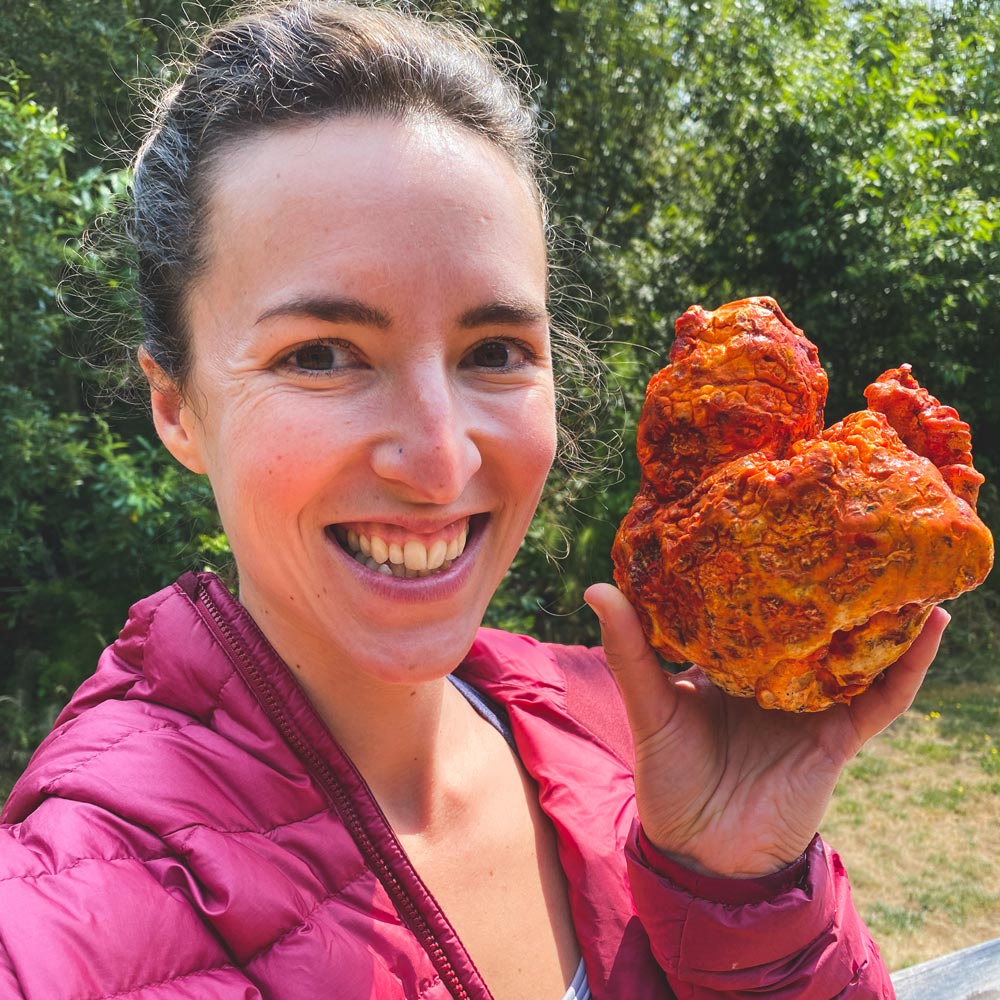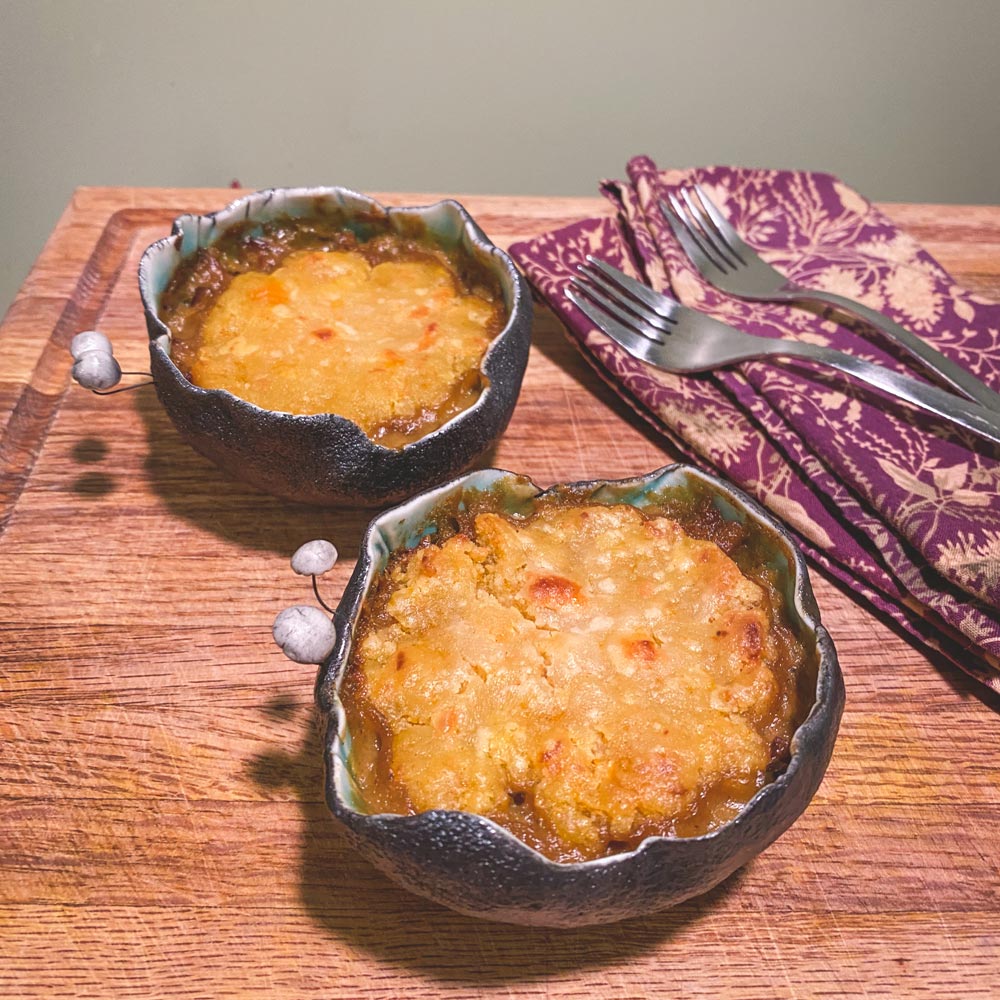Lobsters In the Woods

I’ve been fascinated with the Fungi world for as far back as I can remember. Growing up on a large wooded hilltop in Northern California, I spent more time exploring the woods in our 40 acre back yard with my older brother than we ever did in front of TV or computer screens. To this day, I tend to pack all of the time in nature and mushroom exploration I can into my schedule. I proudly associate myself with the title of “Fungophile,” coined by David Arrora in the classic mushroom hunter’s bible, Mushrooms Demystified. I find that the more I learn, the more I am inspired by this magical kingdom. Mushrooms play a vital role in our environment as the decomposers of the planet, breaking down forest debris and helping distribute nutrients to trees and plants along complex mycelial webs. Their stunning visual beauty never ceases to amaze and inspire me and is a frequent theme of my sculptural work. And, as I enjoy dabbling in the culinary as well as ceramic arts, I find myself drawn to the forest each year in search of delectable additions to home cooked meals.

One of my favorite mushrooms to cook with lately are lobster mushrooms, or Hypomyces lactiflorum.
These other-worldly, bright red shrooms are common along the Pacific North Coast, and can sometimes be found in markets. As their common name suggests, they bear a striking resemblance in both color and flavor to everyone’s favorite actual, ocean dwelling, card carrying, succulent crustacean: the lobster. A large lobster mushroom sliced into thin strips and fried in butter is a very close competitor to a slice of lobster tail or bacon, in my humble (meat loving) opinion. They make a great addition to pasta dishes, pizzas, and any savory egg dish. Most recently, I added a few to these wild mushroom cobblers, along with some chanterelles, hedgehogs, and local shiitakes (pictured here baked in porcelain Shroom Bowls, which can be used for baking as well as serving! Check the BLS shop here for current inventory). They will contribute layers of rich flavor to any dish, and their bright red skin will also color the dish a golden orange (they’re even used to dye fiber, although I personally prefer to keep them in the kitchen).

My favorite thing about these odd forest jewels, however, is not their extraordinary forms or their delectable flavor, but the story of how they come to exist.
Unlike most mushrooms, lobsters are only found when a species of the Rusula family, Rusula brevipes, happens to be overtaken by the parasitic fungus, Hypomyces lactifluorum. Should these two fungi happen to meet, the Rusula brevipes mushroom, an otherwise generic, white mushroom of no notable culinary significance, is transformed into a flamboyant, choice dinner addition. In my imagination, this transformation process is an intense, tumultuous, if not hostile, takeover by the parasitic fungus, but all in the name of lobster-flavored glory; comparable to moving across the country to pursue a life-long dream of professional cave spelunking, or sitting in a salon chair for three hours with your scalp lightly burning because, pink hair. In the end, lobster mushrooms are a reminder that daunting opportunities for transformation often offer pathways from the mundane and bland, to the otherworldly and exceptional.
**NOTE: Always consult multiple resources and/or experts before/during/after harvesting mushrooms in the wild! For more in depth identification on this and so many other species, I highly recommend Mushrooms of the Redwood Coast, by Noah Siegel and Christian Schwarz.
